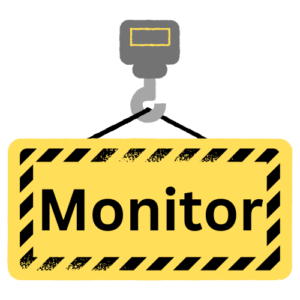Questions about Tariffs?
Feeling unsure about how tariffs might affect your goods? Whether you’re exploring exemption options or just need a clearer picture, we’re here to help. Send us an email at support@interlogusa.com

Tariffs:
— As we mentioned in last week’s edition of Competitive Edge, President Trump temporarily paused his reciprocal tariffs for 90 days on most countries. Those countries (except China) will continue to have a baseline 10% reciprocal tariff, but not the additional increases that were originally implemented.
Now, when it comes to the reciprocal tariffs on China, President Trump did raise the reciprocal tariff on China to 125%, due to them continuing to add reciprocal tariffs of their own. However, late last Friday the U.S. Customs and Border Protection issued a notice that lists a variety of products that would be exempt from the reciprocal tariffs (largely electronics). The new exemptions are retroactively effective April 5th, and shippers may be eligible to request and receive a refund for duties paid on newly-exempted products, according to the U.S. CBP notice.
As of late Tuesday, April 15th, the White House released their fact sheet that said imports from China could be subject to tariffs totaling up to 245%. In that it states, “this includes a 125% reciprocal tariff, a 20% tariff to address the fentanyl crisis and Section 301 tariffs on specific goods, between 7.5% and 100%.”
Other tariffs in effect include the 25% on steel/aluminum (as of March 12th). As well as the 25% on automobile/auto parts (as of April 2nd). There are some exemptions, including those compliant under the USMCA.
If you are curious about what exemptions look like or want additional information regarding tariffs, you can contact us at: support@interlogusa.com

— As we recap the month of March, lets take a look at how port volumes around the globe fared. According to Descartes March Global Shipping Report, U.S. container imports increased 6.3% in March compared to the month prior (February). They also saw an 11% year-over-year increase.
An interesting note, when it comes to U.S. imports from China, March saw a 12.6% decline from February but a 9.4% year-over-year increase, per Descartes. The decline month-over-month is not to surprising considering tariffs started to be imposed in early February and then again in March.
When it comes to what U.S. coast ports received the majority share of imports in March, that crown would be placed on the U.S. East Coast. Specifically, they attributed to 43% of total U.S. imports (a 2.4% increase from February), while the U.S. West Coast dipped to 39.4% (a 3.4% decline from February), per Descartes data.